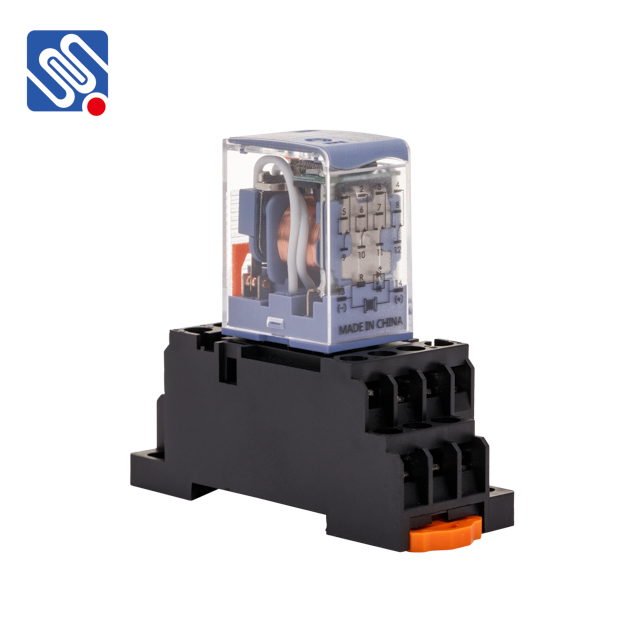understanding the 24vdc relay: applications and advantages
Release time:2025-04-23 10:11:17
A 24VDC relay is an essential component in modern electrical systems, providing an efficient way to control high-power devices with a low-power signal. These relays are widely used in various industries, from automation and control systems to automotive applications. The purpose of this article is to delve deeper into the working mechanism, applications, and advantages of the 24VDC relay, showcasing why it is a crucial component in numerous electrical circuits.

What is a 24VDC Relay?
A relay is an electrically operated switch that is commonly used to control a circuit by opening or closing contacts in response to a signal. The 24VDC relay operates using a direct current (DC) of 24 volts. It is equipped with an electromagnetic coil that, when energized, creates a magnetic field that moves a mechanical arm (or armature), triggering the opening or closing of contacts in the circuit. These relays typically feature a low-power input signal that allows them to control devices requiring higher voltage or current.
How Does a 24VDC Relay Work?
The working principle of a 24VDC relay is based on electromagnetic induction. When 24VDC is applied to the relay’s coil, it generates a magnetic field, causing the armature to move and either open or close the contacts. The contacts can be normally open (NO) or normally closed (NC), depending on the specific design of the relay. This movement controls the flow of current in the associated circuit, enabling or disabling other connected devices.


